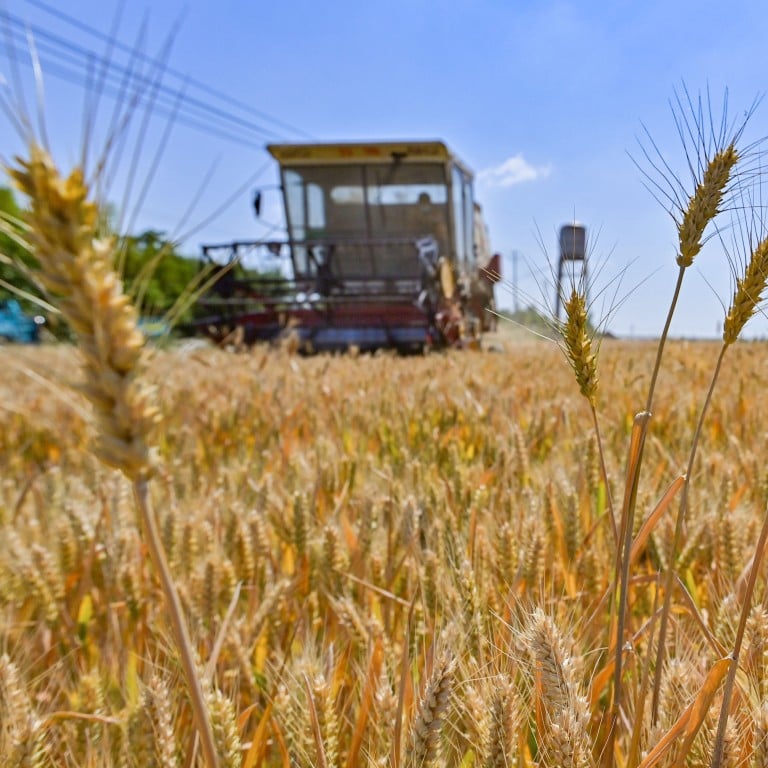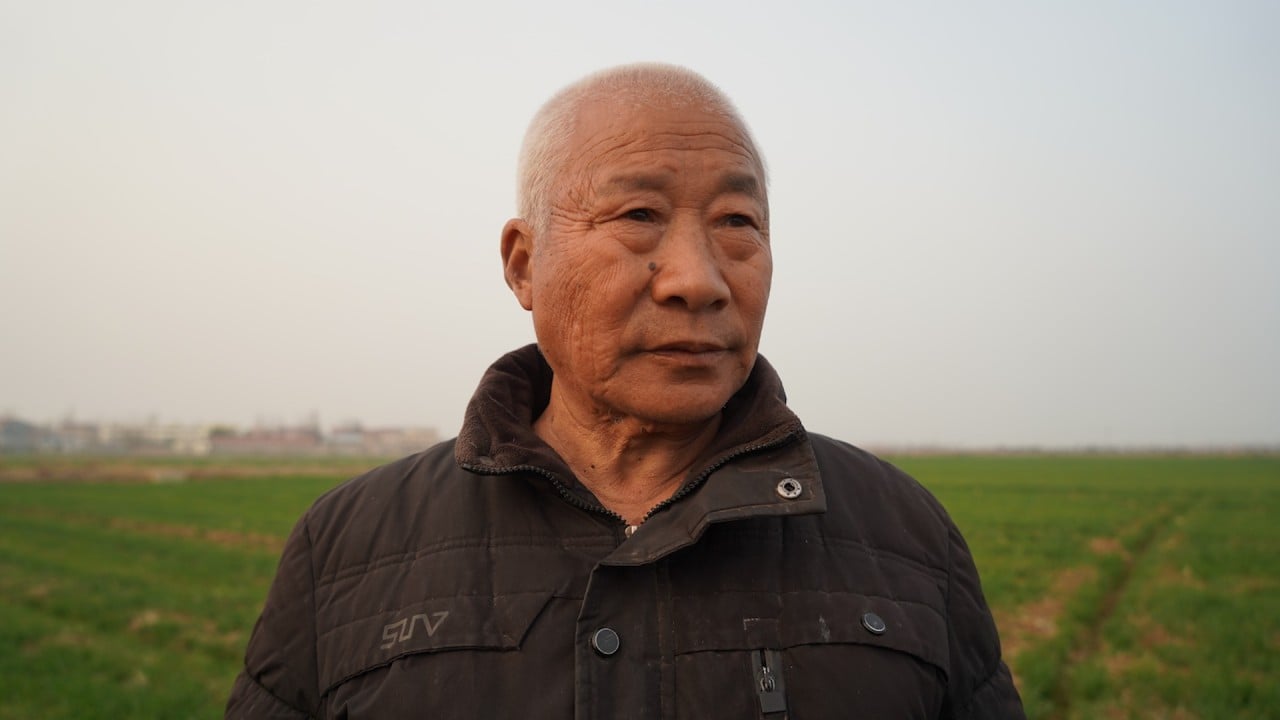
China food security: wheat crops face ‘unprecedented’ risks as world heats up, study finds
- Wheat-producing countries like China must prepare for extreme weather with more heat-tolerant crops to avoid ‘the unimaginable’, researcher says
- Underestimating potential for disasters will lead to food shortages, higher prices
Heatwaves will become more frequent across the globe – a trend that a new climate analysis suggests will have serious implications for countries that produce wheat, including China and the United States.
How extreme rainfall is taking a growing toll on China’s rice crops
In a worst-case scenario, although unlikely, when wheat production in both China and the US failed in the same season, or at the same time as other staple crops, food prices and availability were likely to be affected globally.
The findings were published in the peer-reviewed research journal npj Climate and Atmospheric Science on Friday.
The growing season for winter wheat crops starts in autumn – they flower in spring and are harvested in the summer. When temperatures exceed 27.8 degrees Celsius (82 Fahrenheit), the plants start to suffer from heat stress. If the temperature rises to 32.8 degrees Celsius, key enzymes start to break down.
In northeastern China, a record-breaking drought event has a 63 per cent chance of also being a record-breaking heat event, where much of the world’s wheat is produced, the study found.
China is the world’s largest consumer and producer of wheat. Last year, the country produced nearly 140 million tonnes of the crop, government data showed.
In recent years, Chinese authorities have stepped up efforts to ensure there is enough food to feed the country’s 1.4 billion people, particularly in the face of global turmoil and events like the war in Ukraine, which affect imports and supply chains.
Continuous rain and high humidity across northern China – home to the country’s wheat-production bases in Anhui, Hubei and parts of Shaanxi – have caused sprout damage, known as pre-harvest germination. The wheat has also been infected by plant diseases that can result in higher risks of toxins, thereby limiting end-use applications, such as baking.
Warning for US, Thai farmers: China to grow 90 per cent of its grain by 2032
“Collaboration between China and the US can help inspire climate change adaptations and build resilient food systems,” said Erin Coughlan de Perez, an associate professor at the Friedman School of Nutrition Science and Policy at Tufts University in Boston, and lead author of the study.
Coughlan de Perez said the world should prepare to face the risks of food insecurity.
“In terms of the wider food system, this means diversification so that a failure in one region is not devastating to the world.”
“If we only look at the past to understand possible future disasters, we will drastically underestimate current and future risks,” she said.
“We need to use climate science to update our risk perception and to be able to imagine the unimaginable, revealing unprecedented climate events that are possible today which would have dire consequences for agriculture.”


.jpg?itok=t8OJmsoF)
